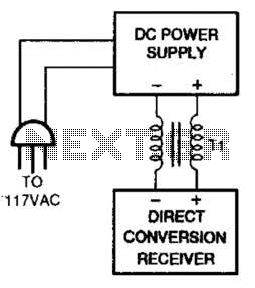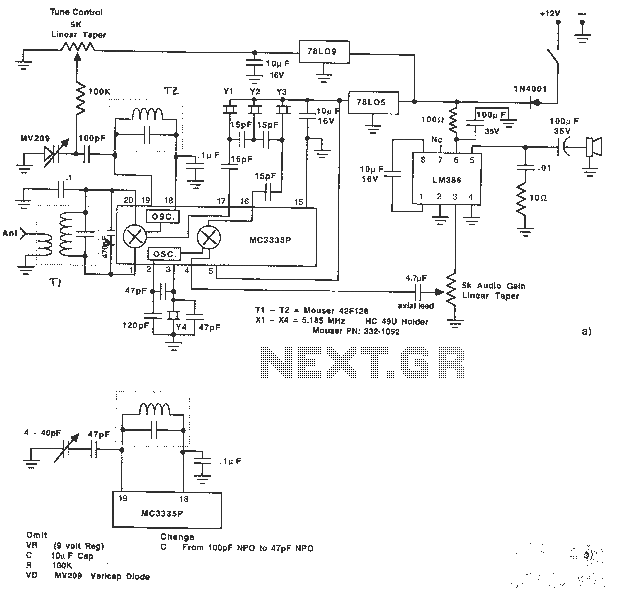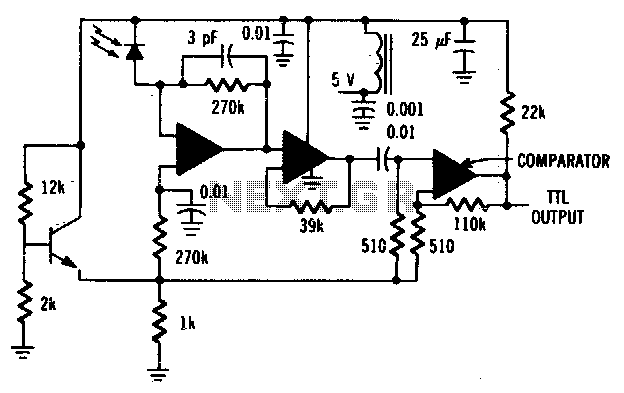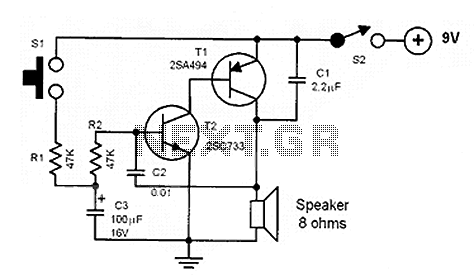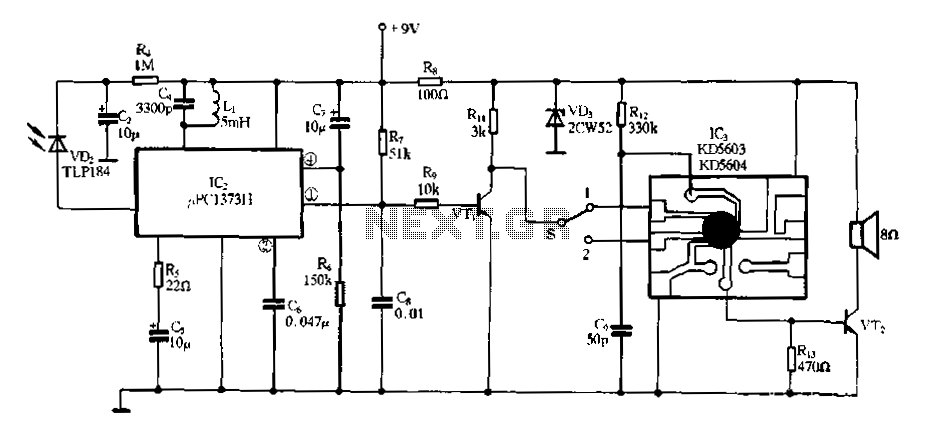
Tune six metres on your two metre receiver
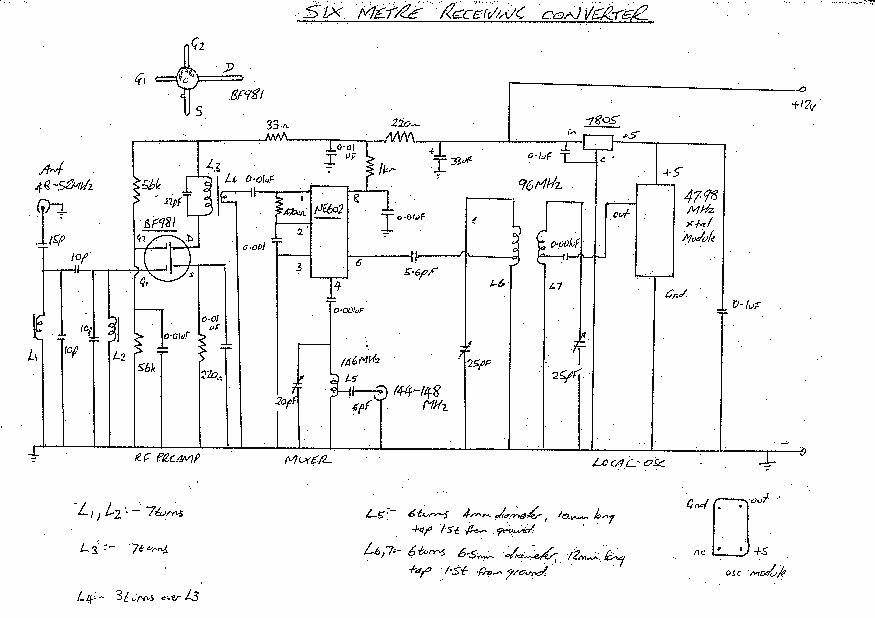
This converter allows reception of six metre signals on a two metre receiver. It should therefore be useful for those with single or dual band sets that do not cover 50 MHz. More: To eliminate the need to obtain a special crystal, the local oscillator is a computer crystal oscillator module operating near 48 MHz. The output of these modules is rich in harmonics. In this case, two tuned circuits are being used to pick off the second.
This circuit functions as a frequency converter, specifically designed to enable the reception of six-meter band signals (around 50 MHz) utilizing a two-meter band receiver (144-148 MHz). The primary advantage of this converter is its ability to bridge the gap for users who possess single or dual-band transceivers that lack coverage in the six-meter band.
The core component of the converter is a computer crystal oscillator module operating at approximately 48 MHz. This frequency is strategically chosen as it is close to the six-meter band frequency, allowing for effective mixing with incoming signals. The oscillator output is characterized by a rich harmonic content, which is beneficial for the conversion process, as it provides multiple frequency components that can be utilized.
Two tuned circuits are incorporated within the design to selectively filter and extract the desired harmonic frequency. These tuned circuits are typically LC circuits, comprising inductors (L) and capacitors (C) that are tuned to resonate at specific frequencies. The first tuned circuit is designed to isolate the second harmonic of the local oscillator output, which is at approximately 96 MHz. This frequency is then mixed with incoming six-meter signals.
The mixing process occurs in a nonlinear device, such as a diode or a dedicated mixer IC, which combines the two frequencies and generates new frequencies, including the difference frequency that falls within the two-meter band. In this case, the difference frequency would be around 48 MHz, allowing the two-meter receiver to process the six-meter signals effectively.
The output of the mixer is then passed through additional filtering stages to eliminate unwanted harmonics and noise, ensuring that only the desired signal is presented to the receiver. This converter design is compact and efficient, making it suitable for integration into existing two-meter transceiver setups, thereby enhancing their operational capabilities without the need for extensive modifications or additional components.This converter allows reception of six metre signals on a two metre receiver. It should therefore be useful for those with single or dual band sets that do not cover 50 MHz. To eliminate the need to obtain a special crystal, the local oscillator is a computer crystal oscillator module operating near 48 MHz. The output of these modules is rich in harmonics. In this case two tuned circuits are being used to pick off the secon 🔗 External reference
This circuit functions as a frequency converter, specifically designed to enable the reception of six-meter band signals (around 50 MHz) utilizing a two-meter band receiver (144-148 MHz). The primary advantage of this converter is its ability to bridge the gap for users who possess single or dual-band transceivers that lack coverage in the six-meter band.
The core component of the converter is a computer crystal oscillator module operating at approximately 48 MHz. This frequency is strategically chosen as it is close to the six-meter band frequency, allowing for effective mixing with incoming signals. The oscillator output is characterized by a rich harmonic content, which is beneficial for the conversion process, as it provides multiple frequency components that can be utilized.
Two tuned circuits are incorporated within the design to selectively filter and extract the desired harmonic frequency. These tuned circuits are typically LC circuits, comprising inductors (L) and capacitors (C) that are tuned to resonate at specific frequencies. The first tuned circuit is designed to isolate the second harmonic of the local oscillator output, which is at approximately 96 MHz. This frequency is then mixed with incoming six-meter signals.
The mixing process occurs in a nonlinear device, such as a diode or a dedicated mixer IC, which combines the two frequencies and generates new frequencies, including the difference frequency that falls within the two-meter band. In this case, the difference frequency would be around 48 MHz, allowing the two-meter receiver to process the six-meter signals effectively.
The output of the mixer is then passed through additional filtering stages to eliminate unwanted harmonics and noise, ensuring that only the desired signal is presented to the receiver. This converter design is compact and efficient, making it suitable for integration into existing two-meter transceiver setups, thereby enhancing their operational capabilities without the need for extensive modifications or additional components.This converter allows reception of six metre signals on a two metre receiver. It should therefore be useful for those with single or dual band sets that do not cover 50 MHz. To eliminate the need to obtain a special crystal, the local oscillator is a computer crystal oscillator module operating near 48 MHz. The output of these modules is rich in harmonics. In this case two tuned circuits are being used to pick off the secon 🔗 External reference
